Plants & Trees

Plants Affected: Aspen, cottonwoods, and poplars. Symptoms: Tan or brown spots appear on the leaves which gives them a blackened appearance. Live Cycle: This disease is aggravated by wet humid weather. Heavy infections may follow wet or humid spring conditions. Treatment/Care: Spraying may help reduce infections of this disease but as of yet there is
Read More
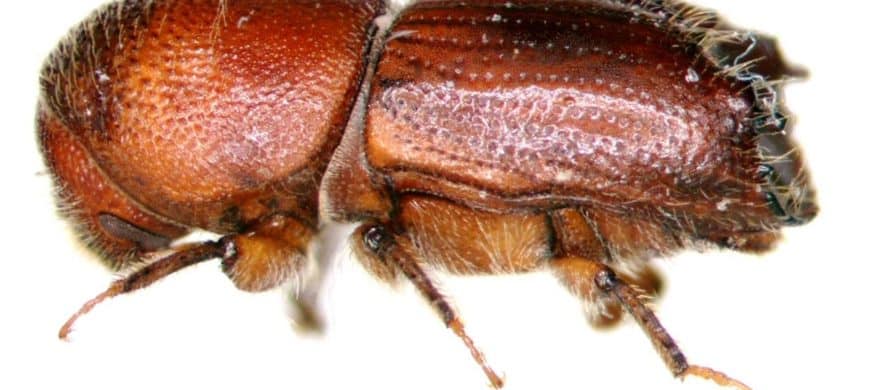
Trees Affected: Spruce, Pinyon, Ponderosa, and Scotch Pines. Symptoms: The beetle bores into the bark and may carry Blue Stain fungus, which is incurable. Sawdust from the boring may be seen near the entry hole along with a blue/gray staining of the inner wood. The ends of the branches may fade and turn reddish brown.
Read More
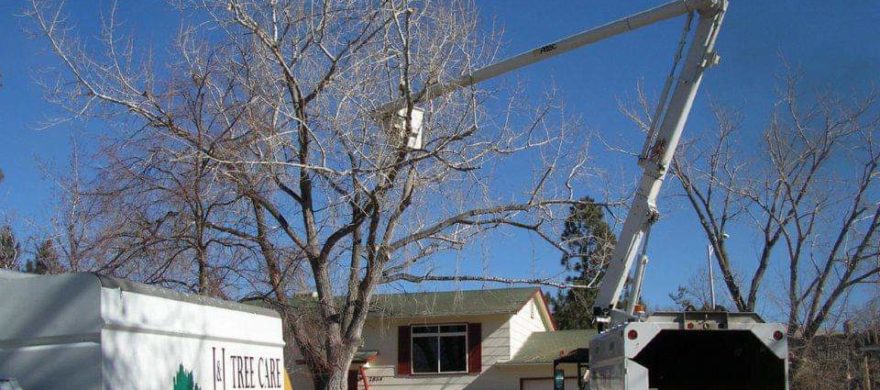
Plants Affected: Honeysuckles Symptoms: Ends of branches “crook over” and excessive numbers of leaves are produced in the “crooked” area. These leaves are smaller and fold in on themselves along the center vein giving them a light green appearance. Description/Life Cycle: There are many generations of this aphid per season. This insect overwinters in the
Read More
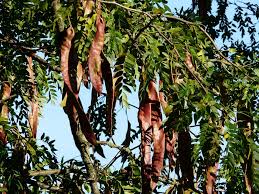
Plants Affected: Honeylocust. Symptoms: Leaves on the ends of branches curl up and form small pods. They will have a light green to brownish color. Life Cycle: Small flies lay eggs in new leaflets as they form in the spring. Small “worms” hatch and begin feeding, causing the leaflet to curl into a pod. Treatment/Care:
Read More
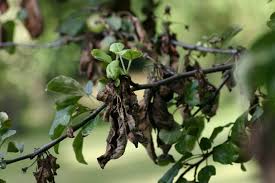
Affects: crabapple, apple, hawthorne, pyracantha, mountain ash and to a lesser extent cotoneaster, quince, pear and the stone fruits (plum, peach, cherry). Symptoms: This bacterial disease usually begins in the flowers in the spring and progresses into the fruit, bud, leaves, and stem. It appears as wilted and blackened blossoms, curling brown leaves that remain
Read More
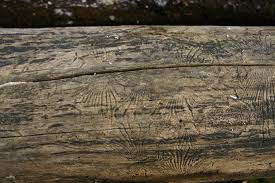
Plants Affected: All elms. Symptoms: Insect exit holes the size of pinheads can be seen on the trunk and limbs of severely infested trees. The boring done by this insect is usually not harmful, but this insect often carries Dutch Elm Disease, which is usually fatal to American and English elms. Siberian and Chinese elms
Read More
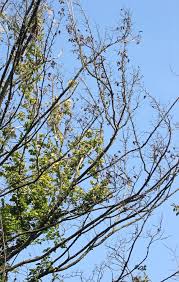
Plants Affected: American, English and certain other hybrid elms. Siberian and Chinese elms are resistant to the disease but have been known to die from Dutch Elm Disease (DED). Symptoms: In early to mid-summer leaves will turn a light green color, wilt and curl – eventually turning brown and remaining attached to the limb. Yellowing
Read More

Why is fertilization beneficial? Most of the plants growing along the Front Range are not native to Colorado and encounter foreign growing conditions. Fertilization is designed to increase the plants’ vigor so it can ward off certain insect and disease organisms. Depending on the plant species and related problems, added practices such as proper watering
Read More
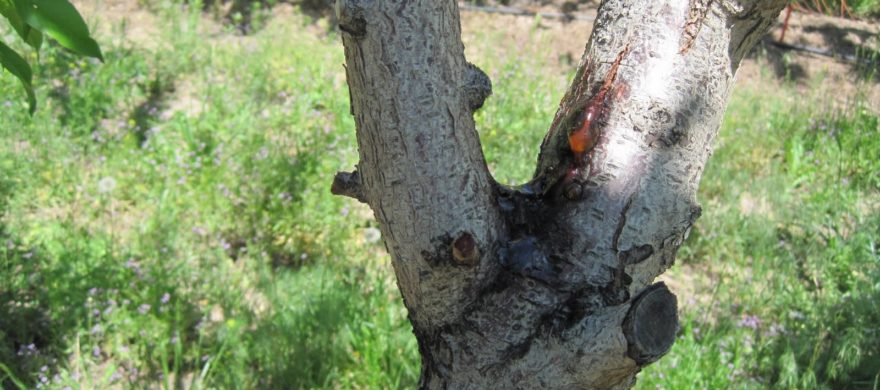
Plants Affected: Cottonwood, aspen, willow, poplar and almost always on older spruce. Symptoms: The damage appears on deciduous trees as sunken areas in the bark with black pimples which exude an orange substance during wet weather. As the disease progresses and the bark is damaged, the limbs begin to die. In spruce trees, a knot
Read More
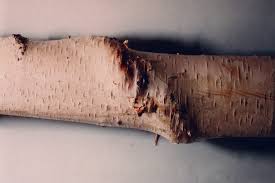
Affects: Birches Symptoms: Small branches gradually die back, eventually killing the entire tree. Leaves on affected branches remain attached after they turn brown. Sometimes swellings in the branch may be seen where the insect is active. Life Cycle: These borers are white, flat-headed “worms” about 1 ½” long that bore into small branches during the
Read More










